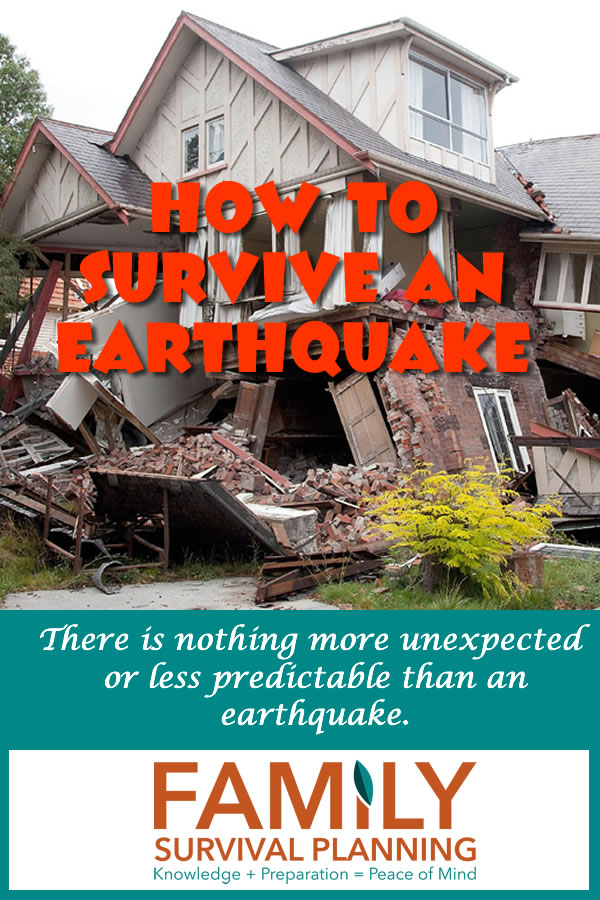- HOME
- Preparing for Disasters
- Evacuation Planning
5 Simple Steps to an
Organized Evacuation Plan
When everyone has an assigned task, your family can be packed and out of town before most others can grab their dog. Hopefully you will never have to evacuate your home, but having a plan can eliminate the chaos and tears.
When I began thinking about evacuation last year when a wild fire came within 200 yards of our home, I honestly panicked.
Invest in emergency food storage now and enjoy peace of mind for the next 25 years. Don't miss out on the savings!
So here are the five steps I came up with for our evacuation plan.
Use these five steps to create your plan — adapt it to your family's needs.
- Prepare supplies for our pets.
- 72-hour packs up-to-date and complete, including personal necessities.
- Make a list to prepare the house.
- Pack important documents (Family Documents Emergency Planner) and a computer.
- Always have a ready-to-go vehicle.
Prepare Supplies for Pets
I put this first because we're crazy about our two kitties (they're our furry children) and we would never leave them behind. There were so many sad stories about abandoned and lost pets after Katrina. Don't let that happen to your pets.
Before you have to make the decision to evacuate, prepare a list of your pet(s) needs and basically put together a 72-hour kit for them. If your pets are not used to being in a carrier, now is the time to do some practice runs. Decide whether you are going to take them with you or put them in a safe place, like a kennel, if that is an option. Delegate the task of packing up your pets to a responsible family member.
Personal Necessities, Food and Water
Evacuation planning is important to the survival of your family as there may be conditions under which you will decide to leave or situations when you are ordered to leave.
This is where your completed, up-to-date 72-hour packs come into the picture. Make a note on your calendar or somewhere to remind you to check the completeness of your packs, update children's clothing they may have grown out of or replace seasonal clothing, and refresh the food in each pack.
Create an Evacuation Plan
- Plan places where your family will meet, both within and outside of your immediate neighborhood.
- If you have a car, keep at least a half tank of gas in it at all times in case you need to evacuate.
- Become familiar with alternate routes and other means of transportation out of your area.
- Plan how you will gather your family and decide where you will or can go. Choose several destinations in different directions so you have options in an emergency.
- If you do not have a car, plan how you will leave if you have to.
- Take your 72-hour kit.
- Lock the door behind you.
- Take your pets with you, but understand that only service animals may be permitted in public shelters. Plan how you will care for your pets in an emergency.
Contact Family or Friends (if time permits)
- Call or email or text the "out-of-state" contact in your emergency contact list.
- Tell them where you are going.
- If there is damage to your home and you are instructed to do so, shut off water, gas and electricity before leaving.
- Leave a note telling others when you left and where you are going.
- Check with neighbors who may need a ride.
















